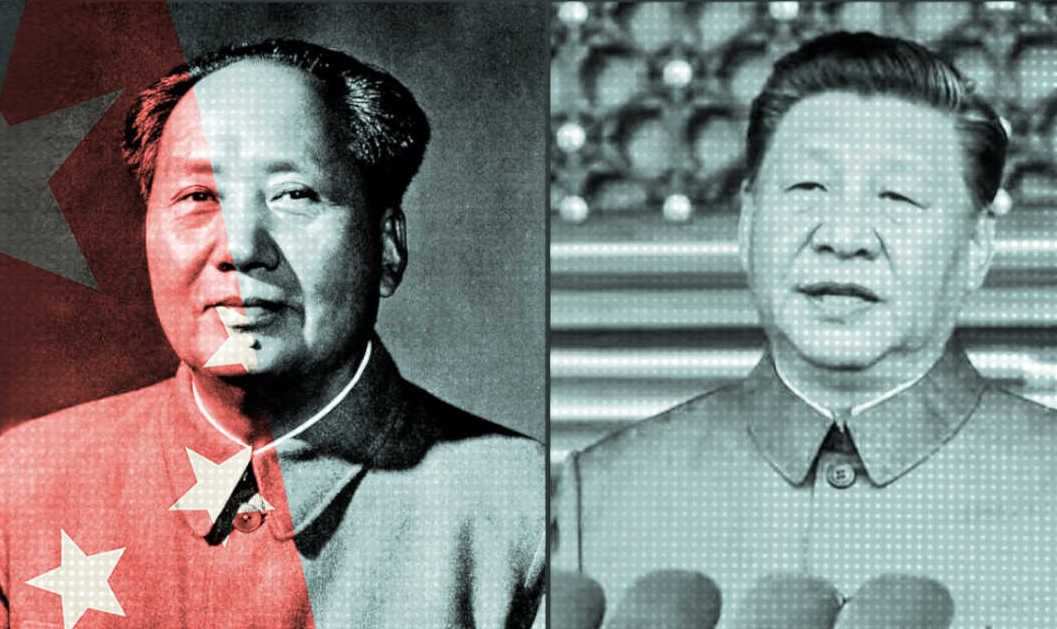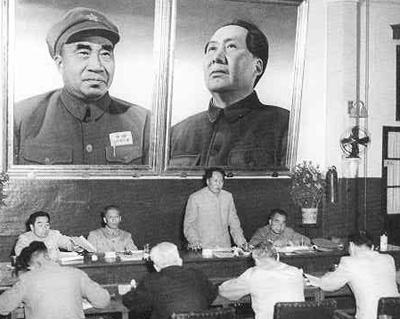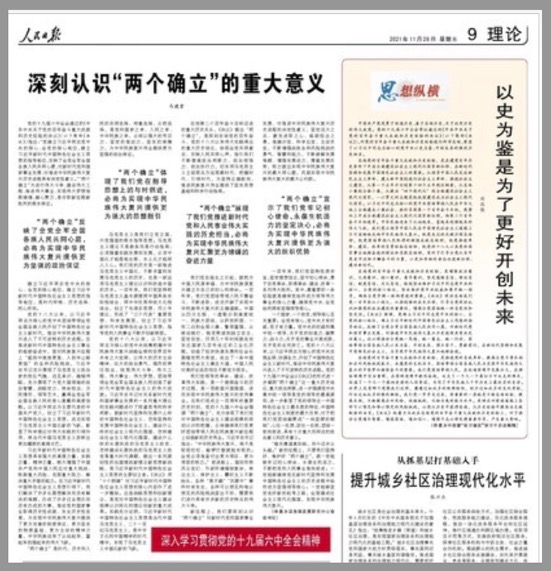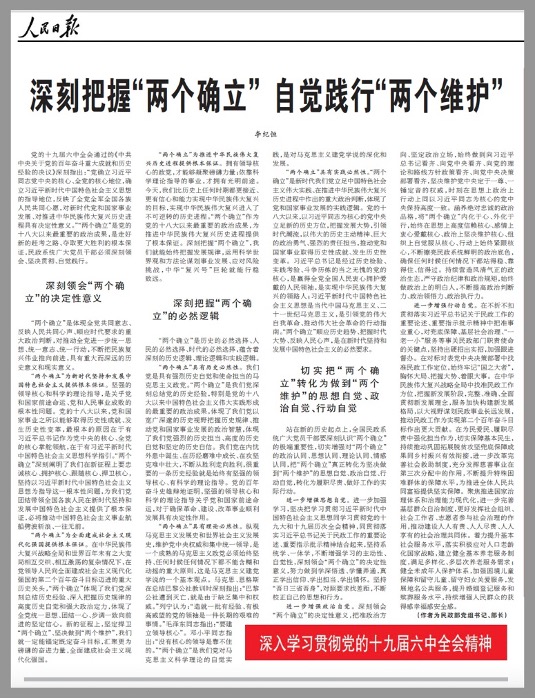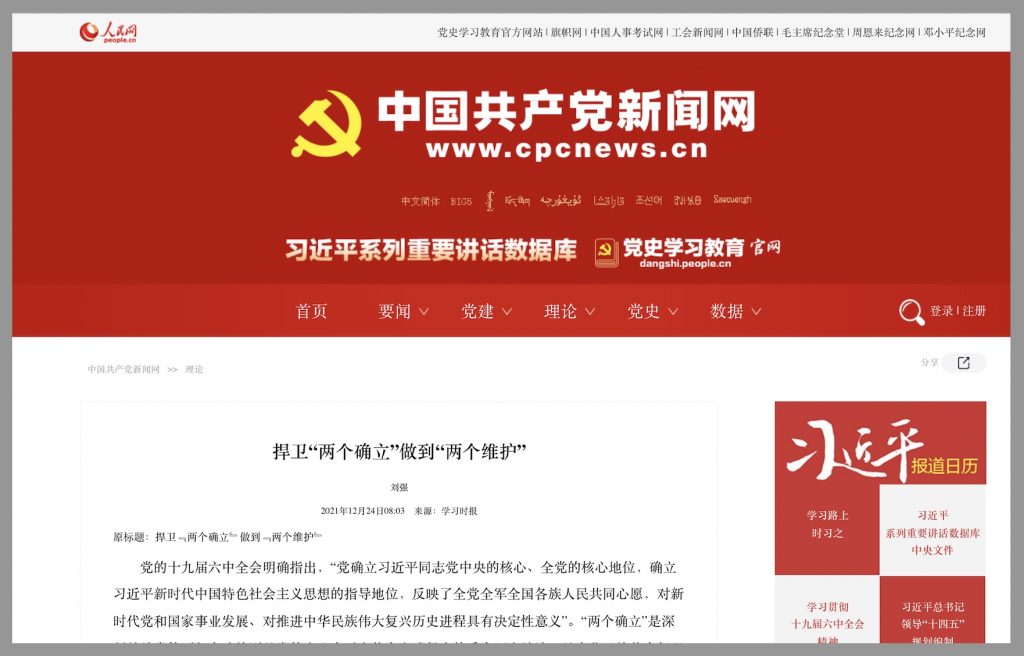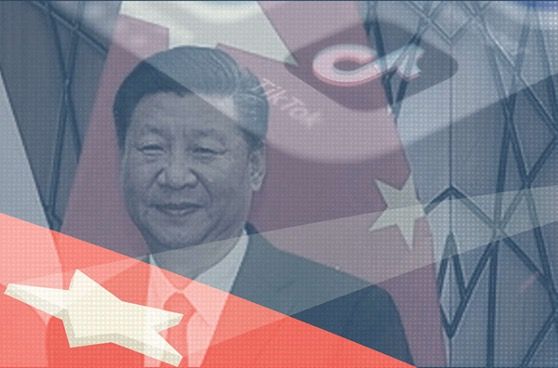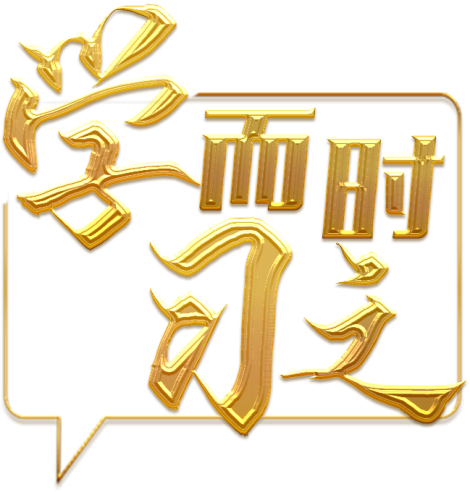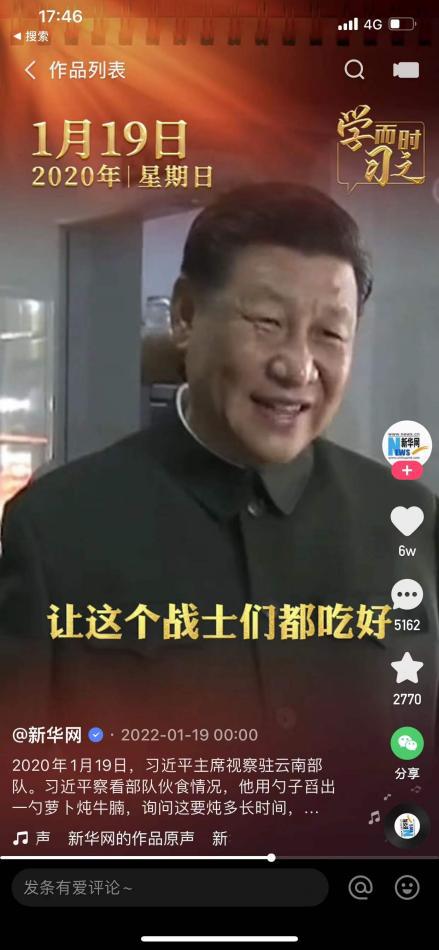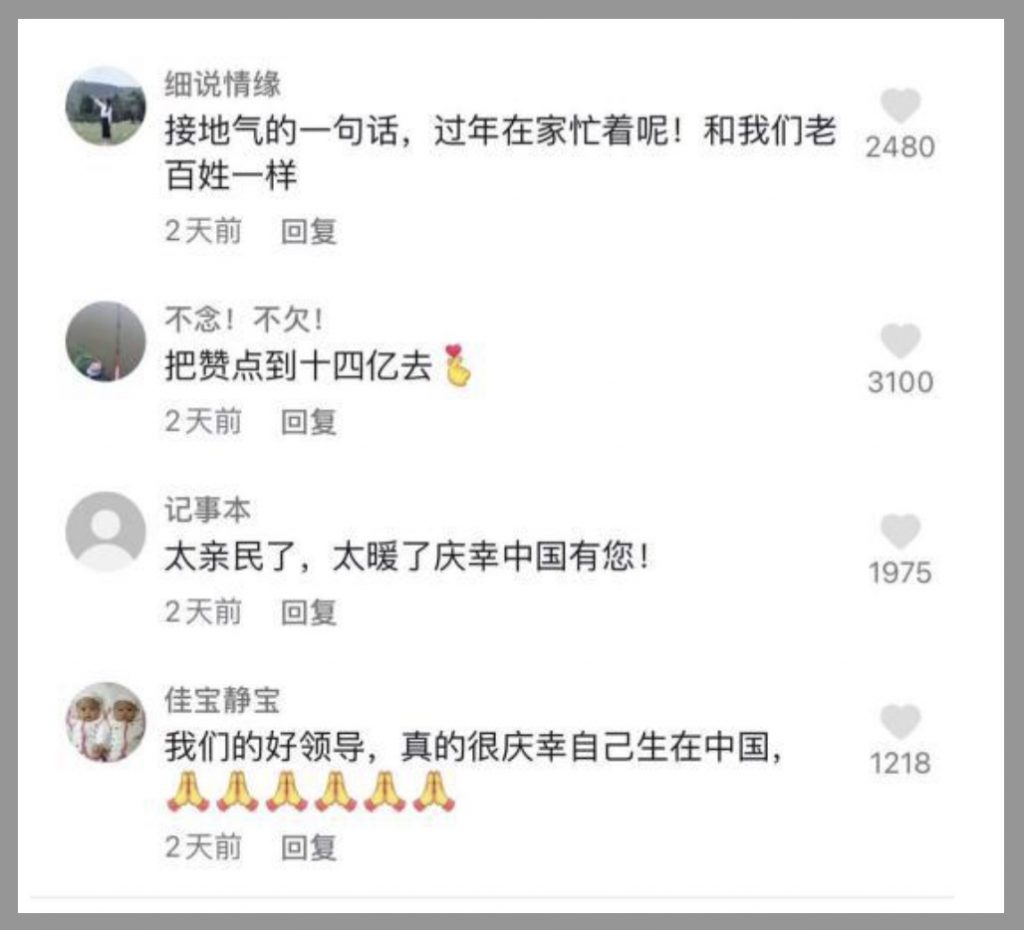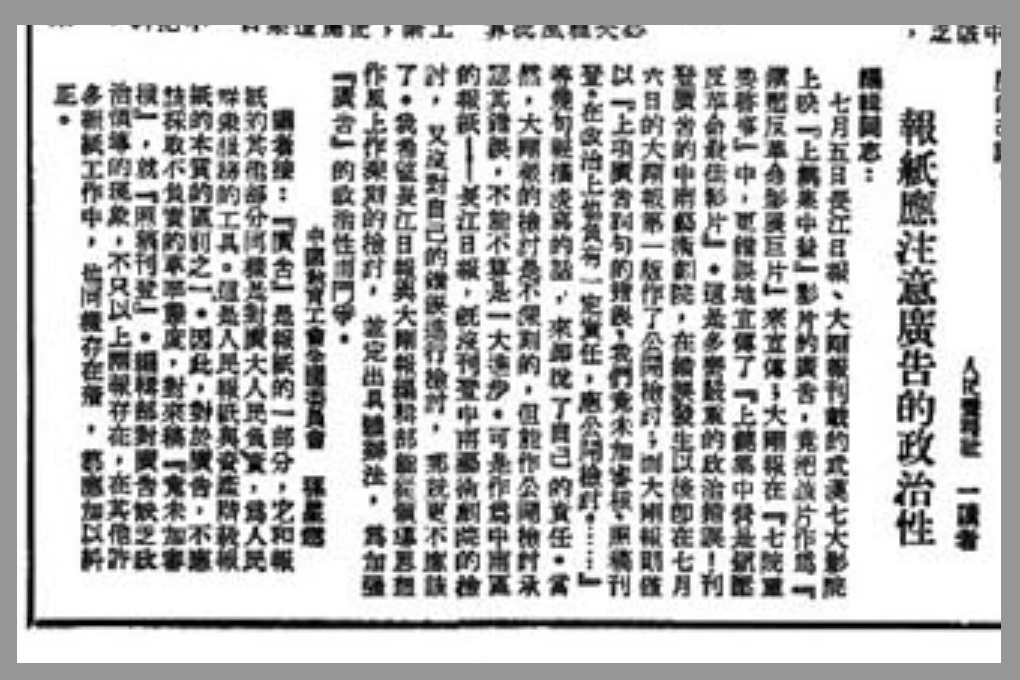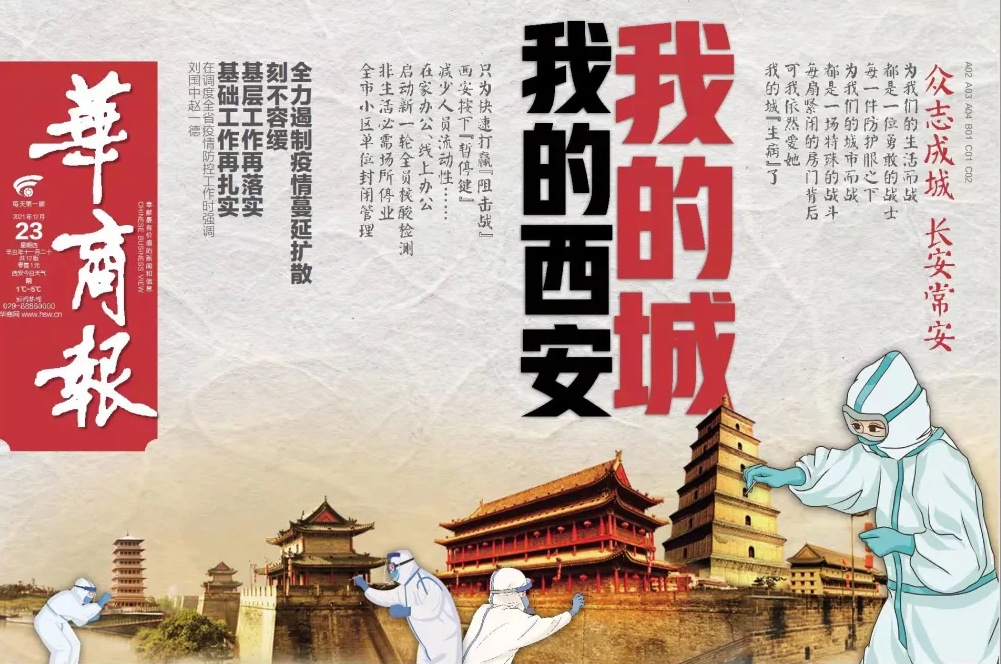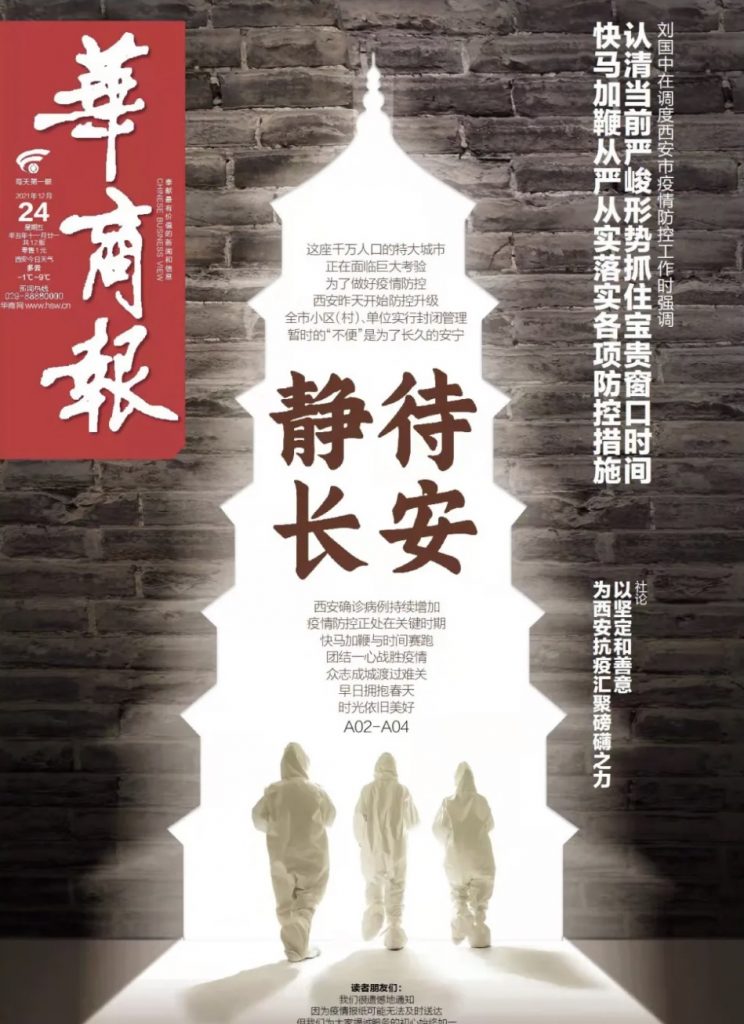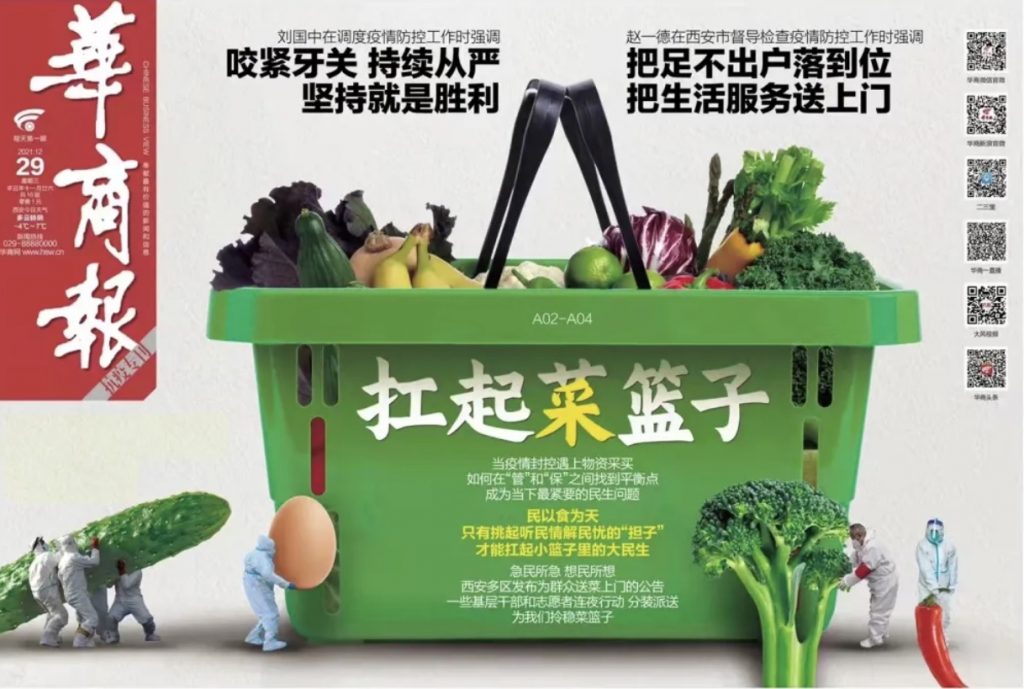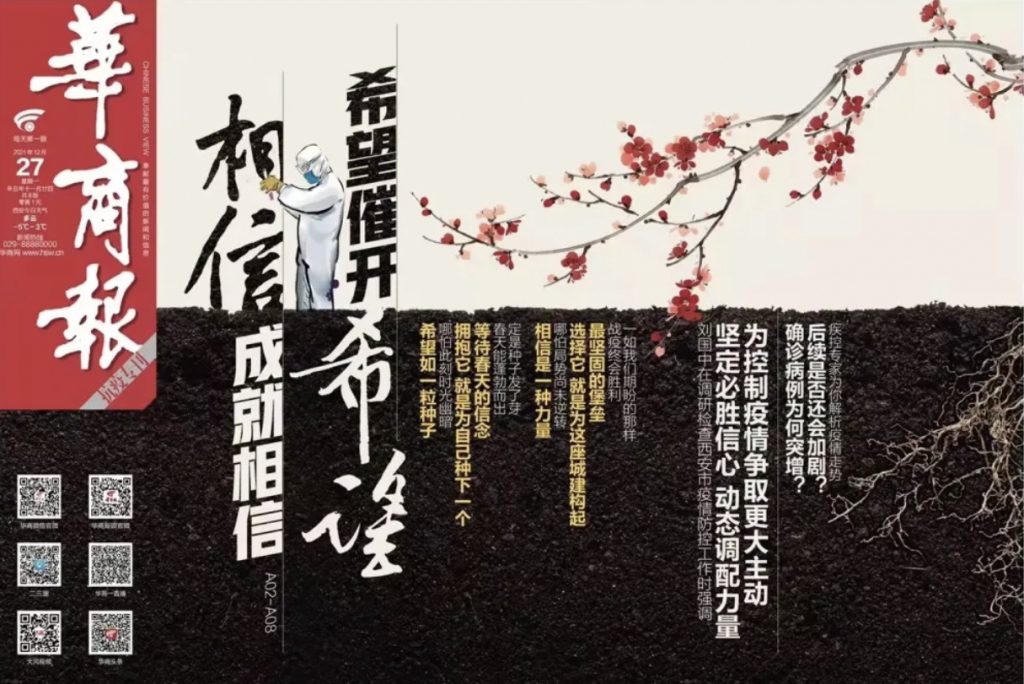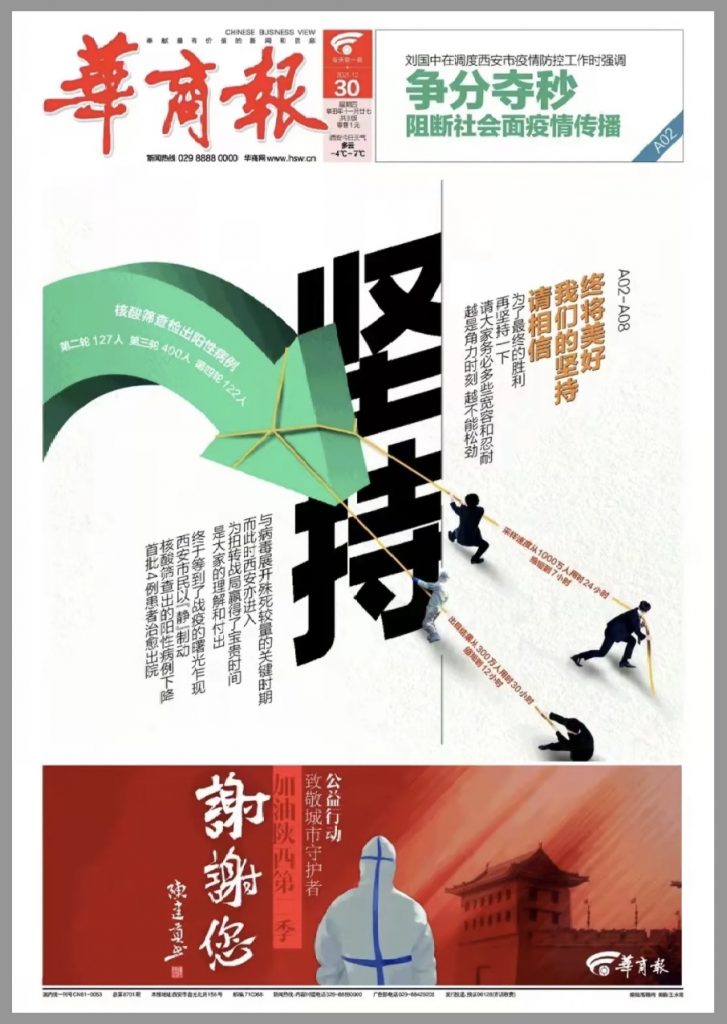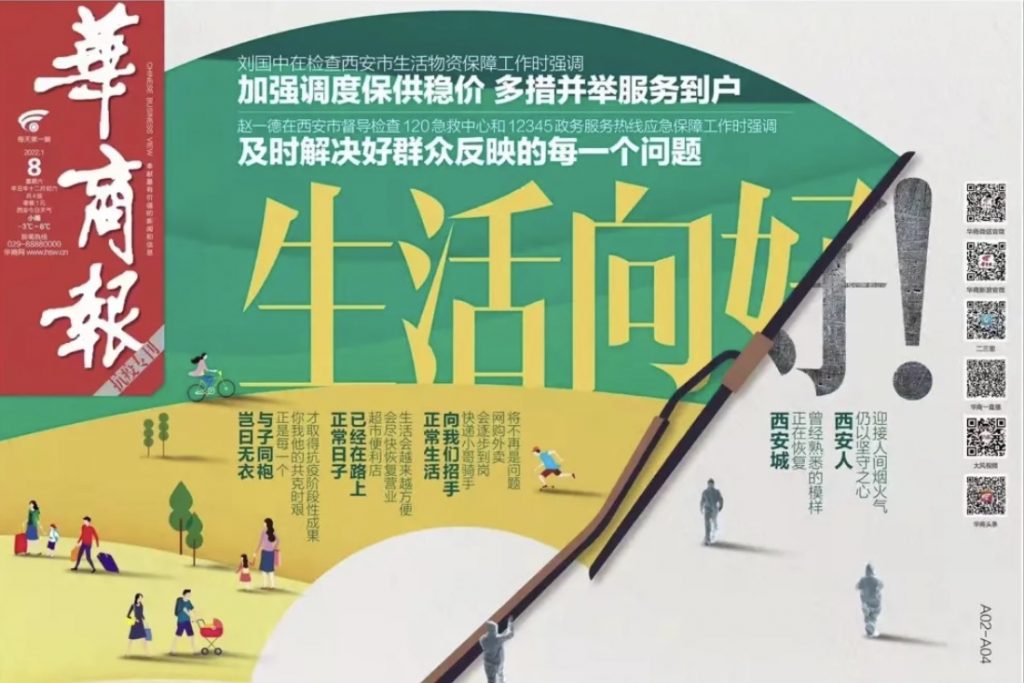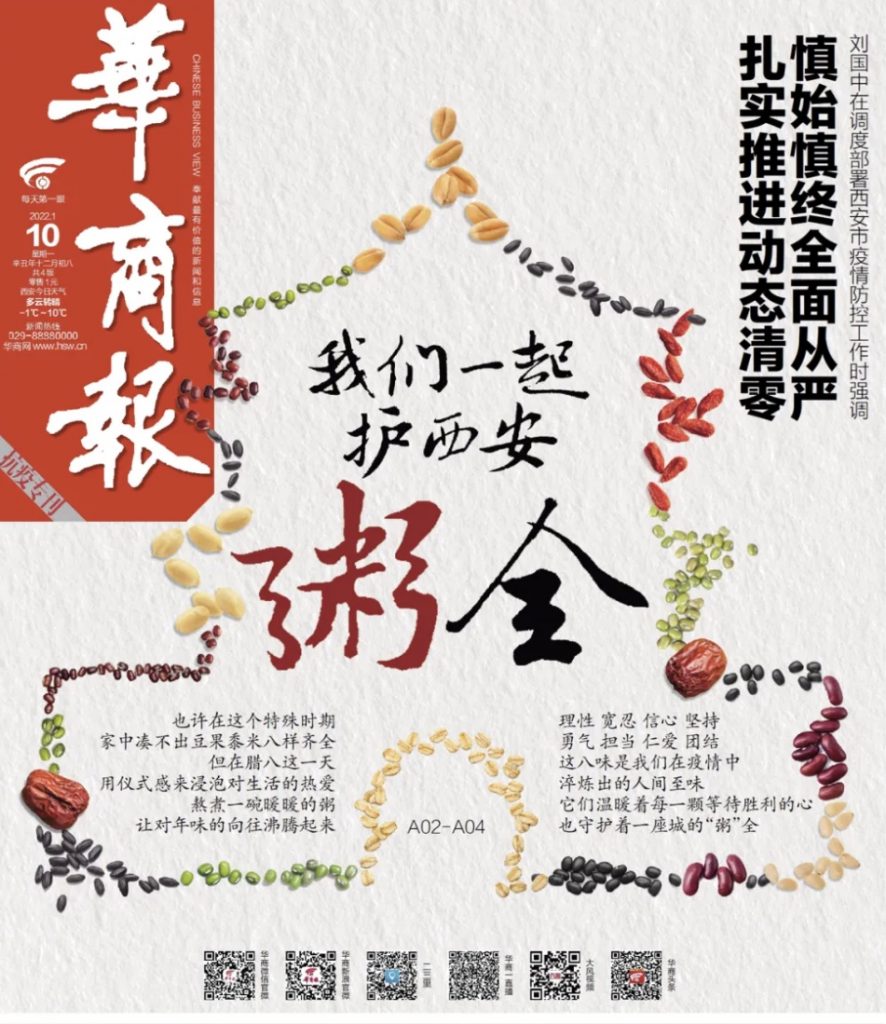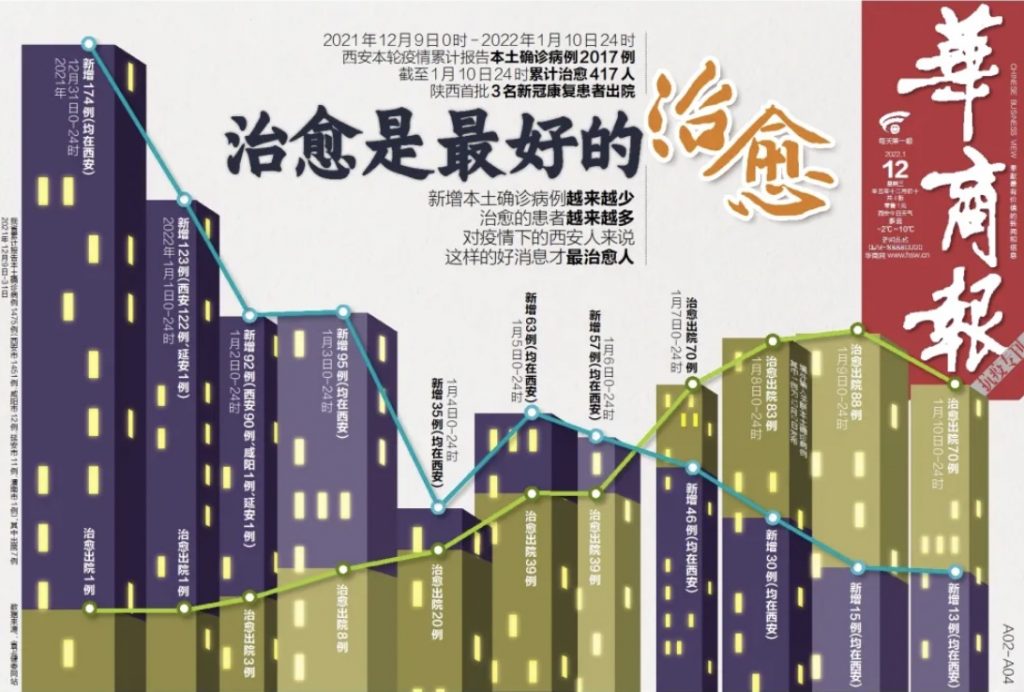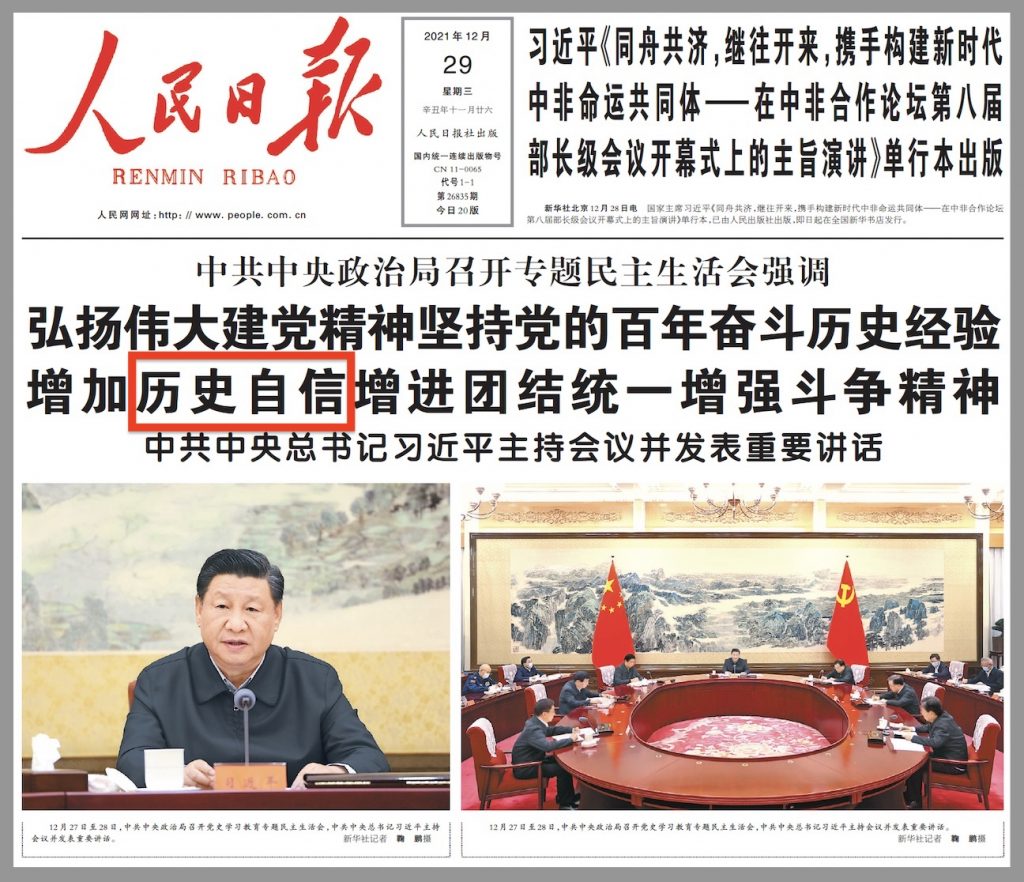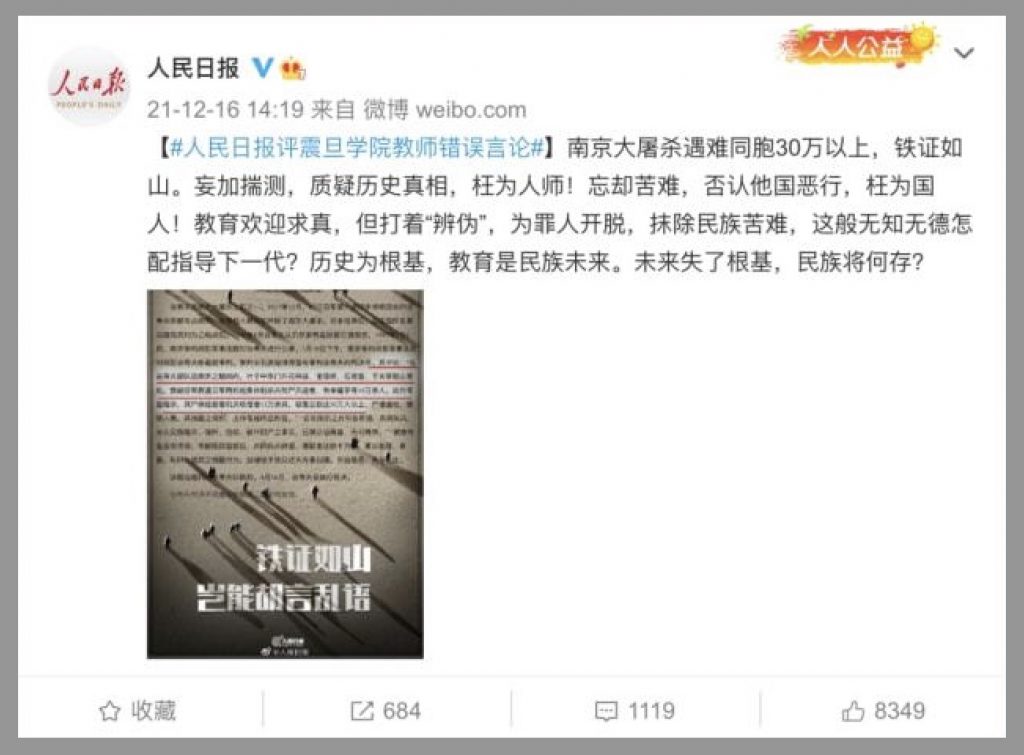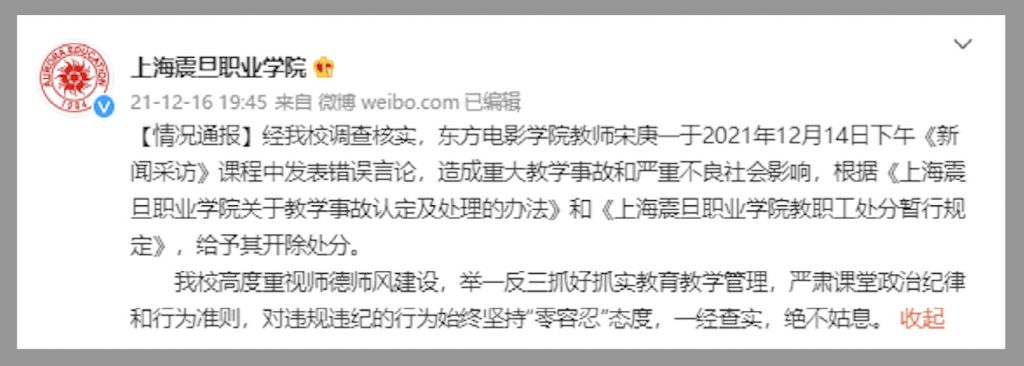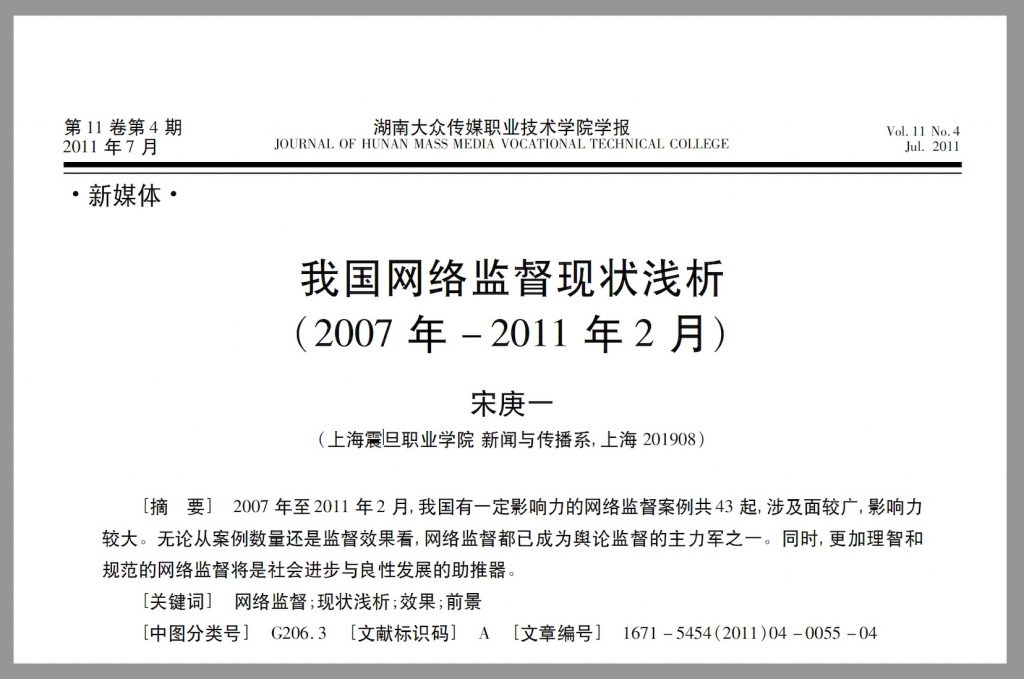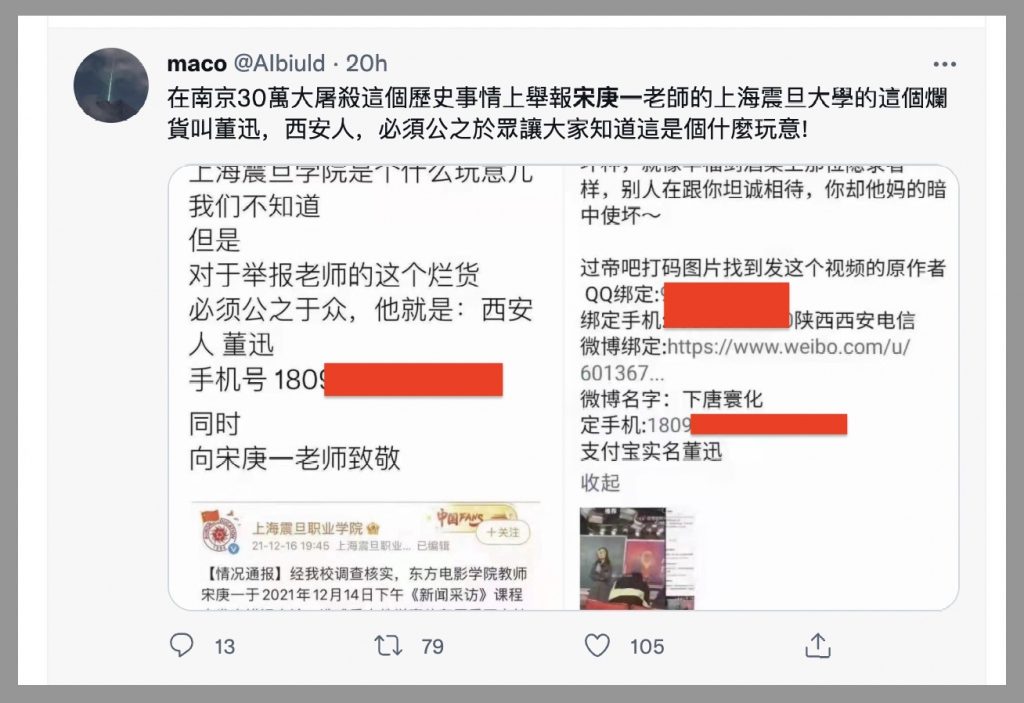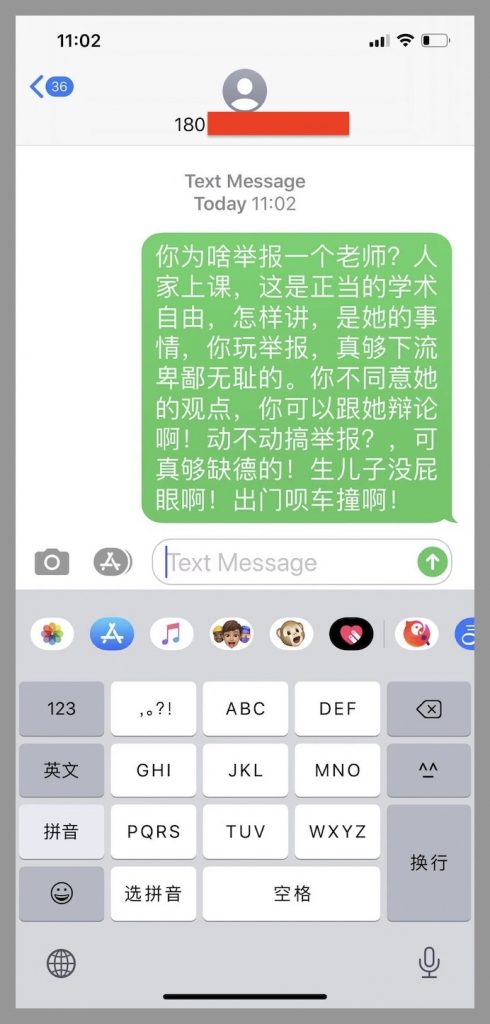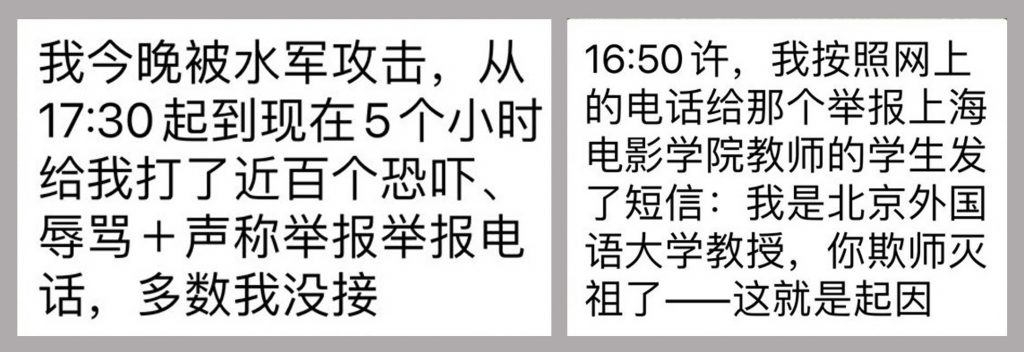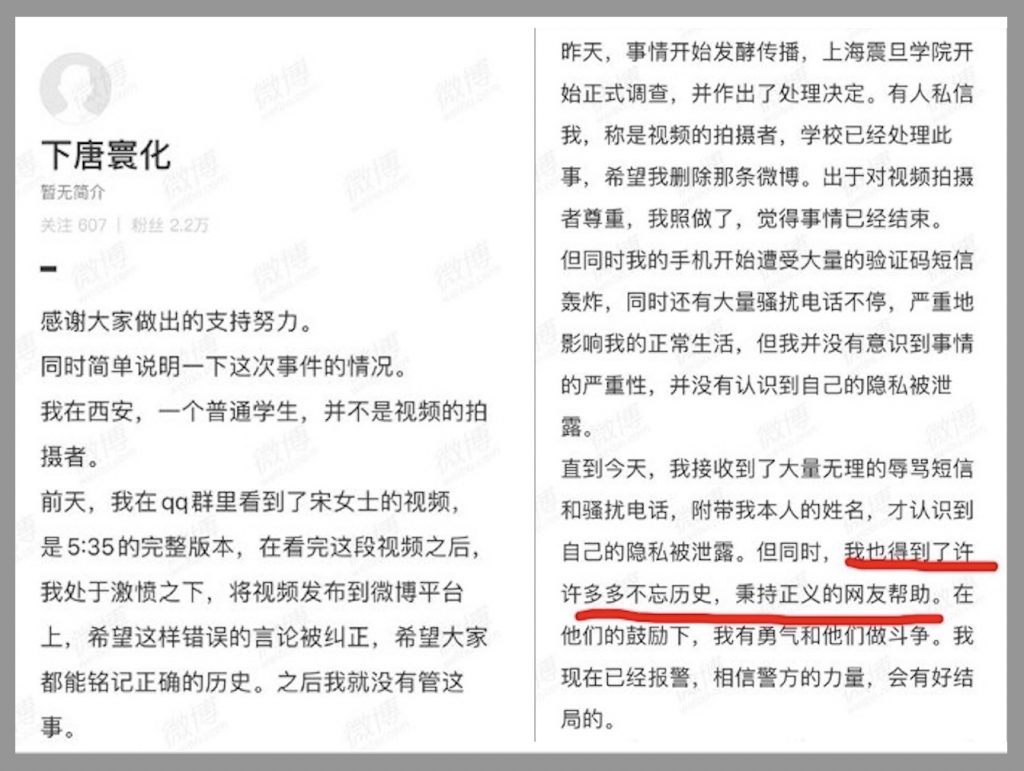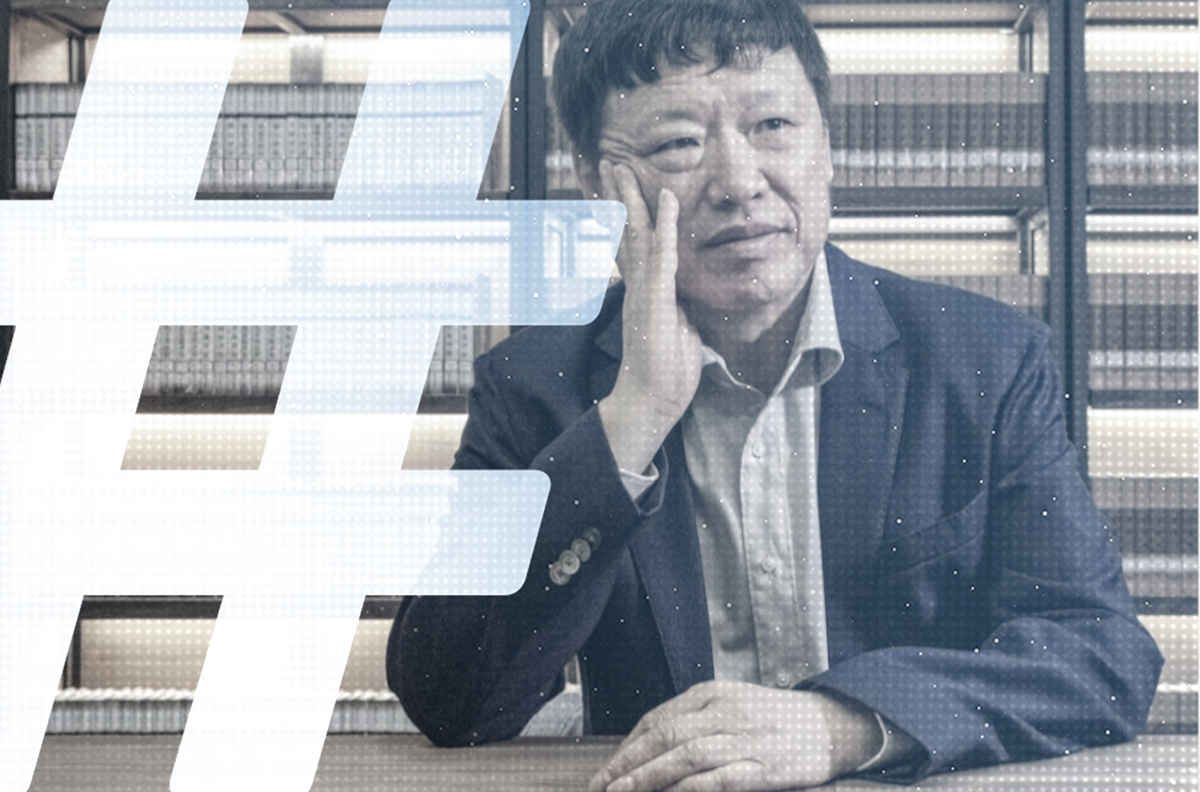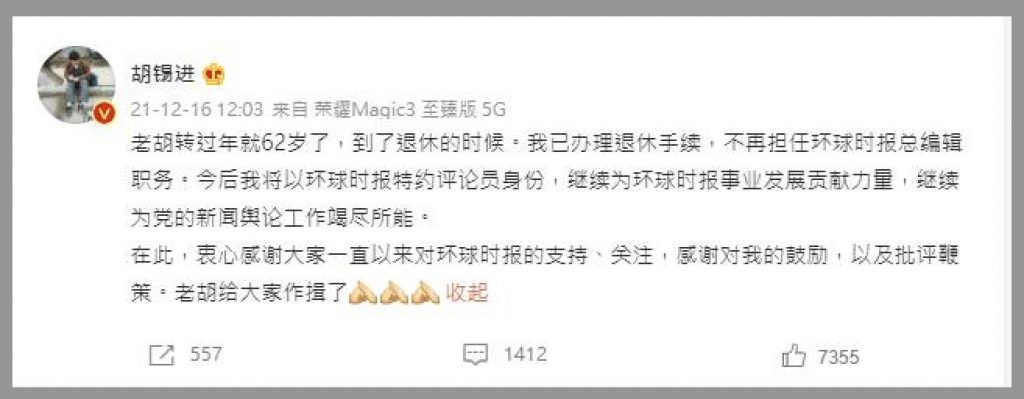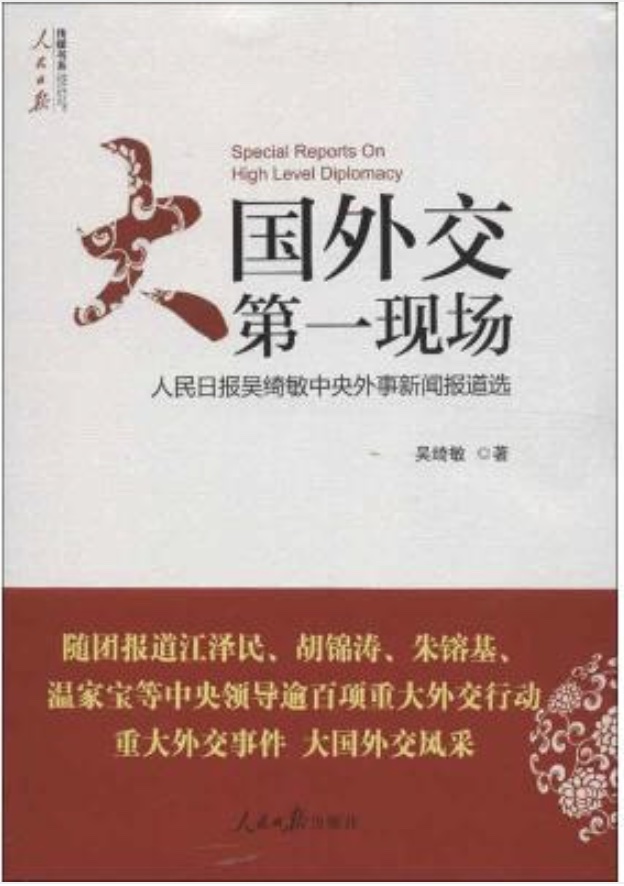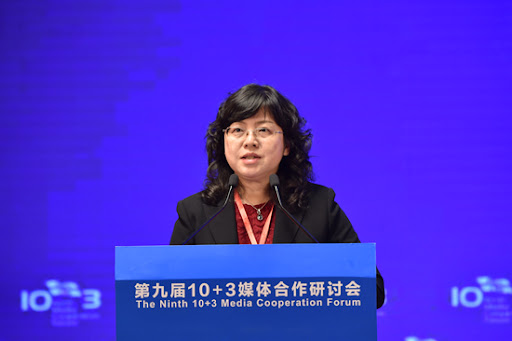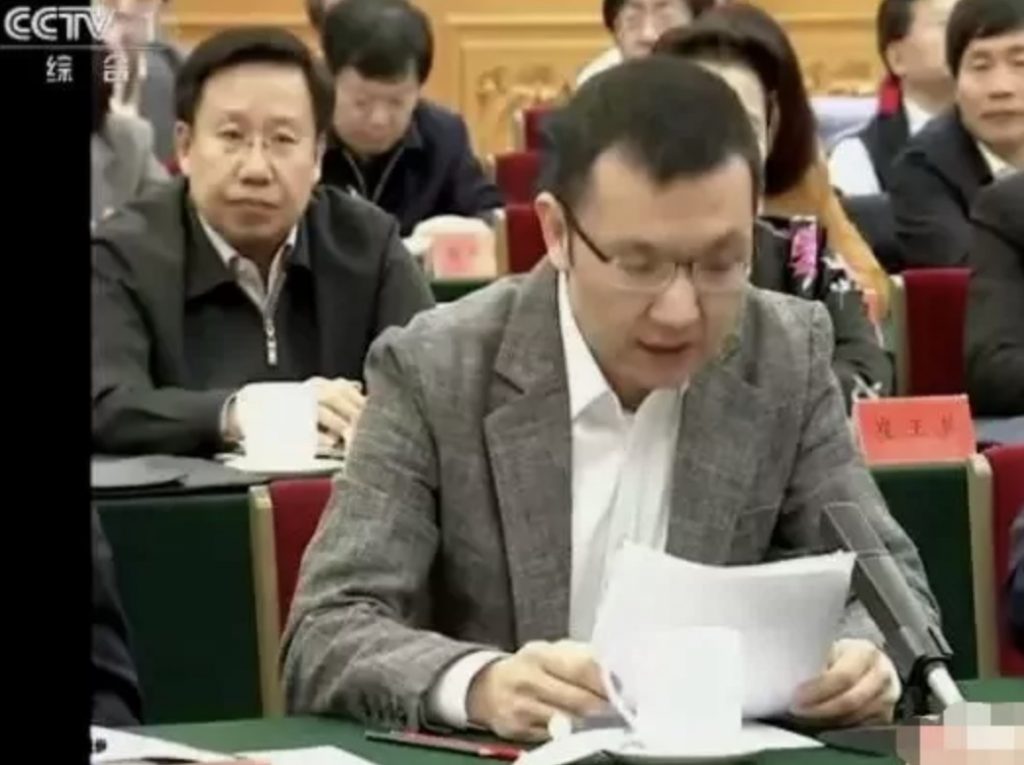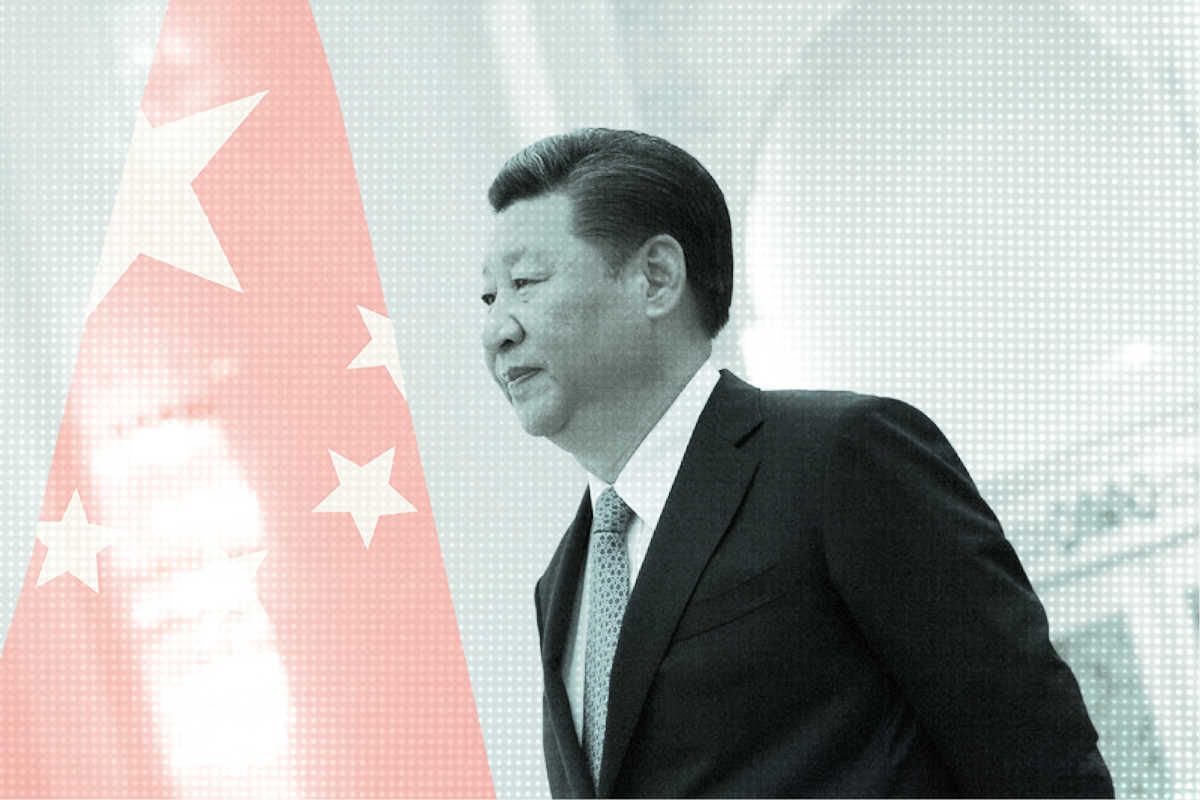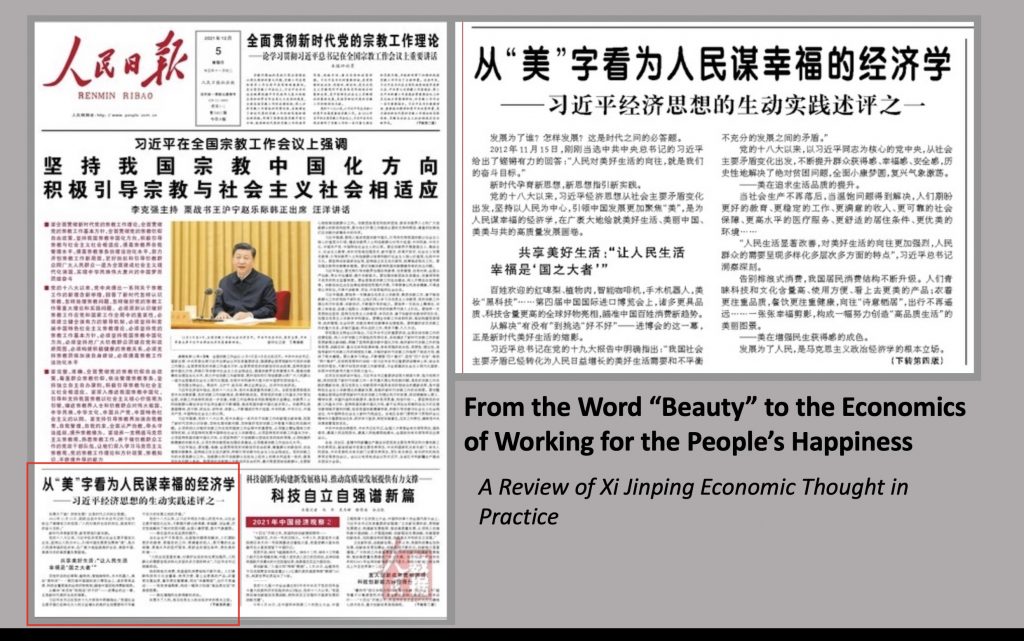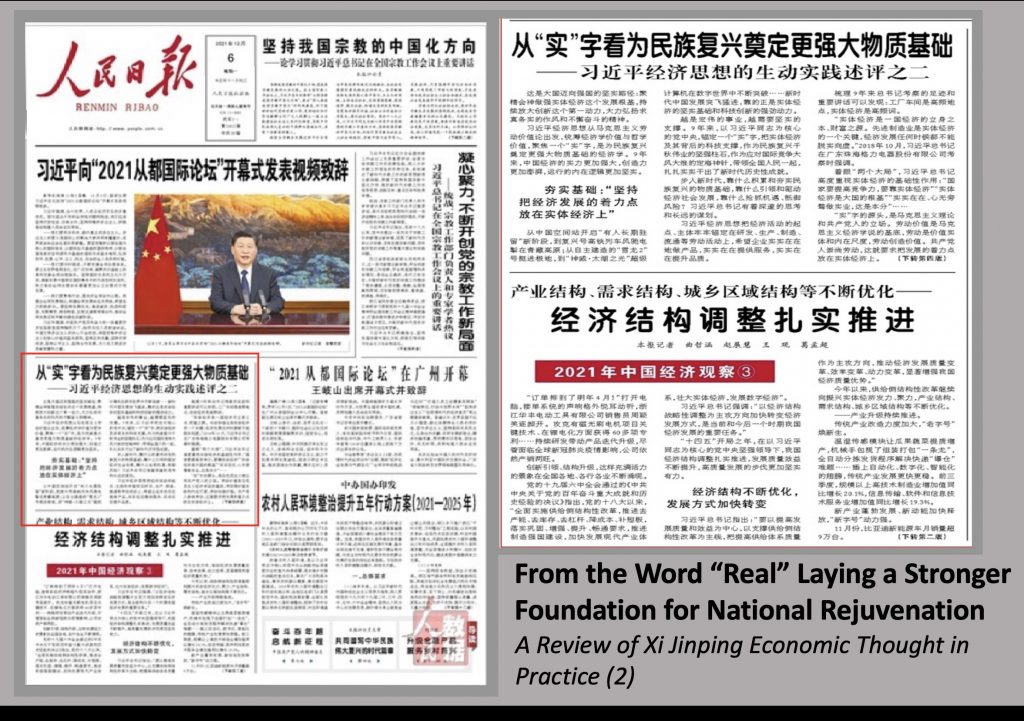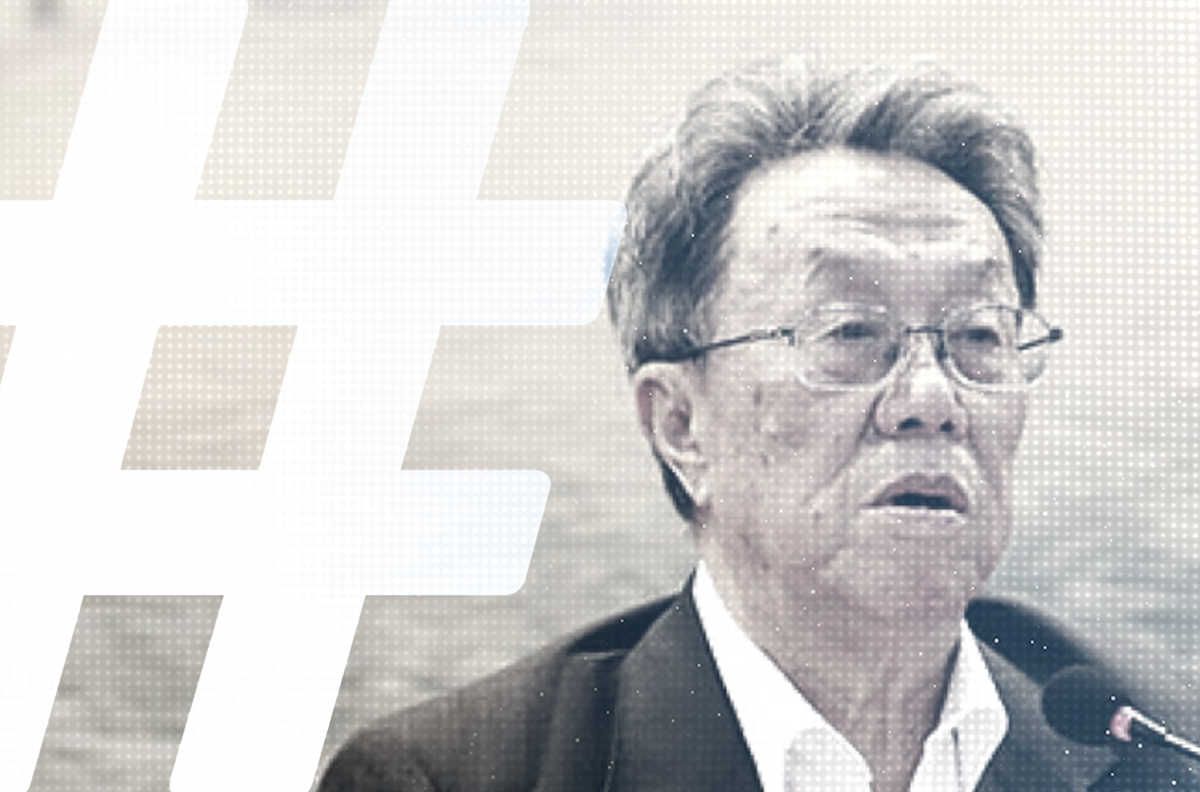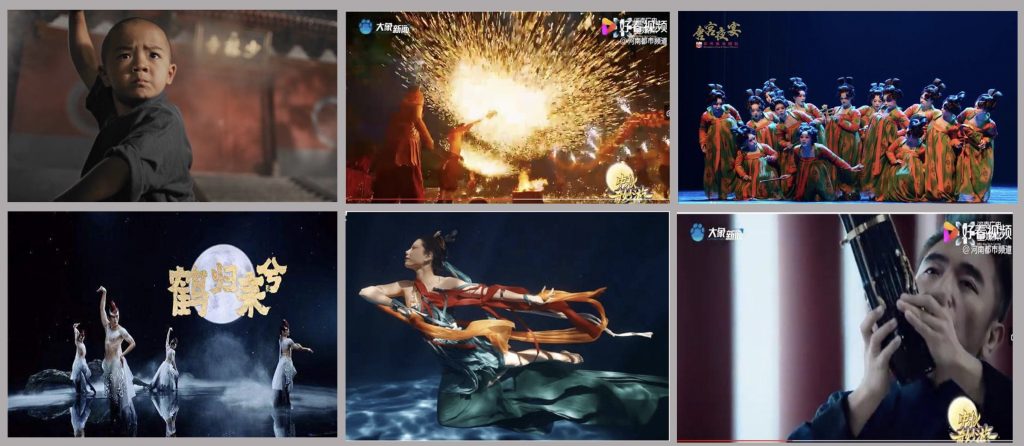Safeguards for Xi’s Stratospheric Rise
The Chinese Communist Party’s obsession with number-based catchphrases can be exacting for the outside observer: Deng Xiaoping’s “Four Basic Principles” and “Four Modernizations,” Jiang Zemin’s “Three Represents,” Hu Jintao’s “Three Closenesses.” In the Xi Jinping era, there were “Three Confidences” initially. But before long, a fourth was added to the formula – and soon enough it may expand to five.
But this year we can at least simplify matters by focusing on two crucial catchphrases: the “Two Establishes” (两个确立) and the “Two Safeguards” (两个维护). Taken together their import is simple: Xi Jinping will continue leading China beyond 2022.
Both of these catchphrases — though first appearing in January and April of 2018 respectively — have soared in use since the Sixth Plenum held in November last year, and the Resolution of the Central Committee of the Chinese Communist Party on the Major Achievements and Historical Experiences of the Party’s Hundred-Year Struggle (中共中央关于党的百年奋斗重大成就和历史经验的决议). This document, only the third such resolution in the CCP’s history, brought a century of Party experience into focus in the person, power and theoretical genius of Xi Jinping – an act of ideational concentration meant both to symbolize and actualize Xi’s dominance into 2022 and beyond.
That may seem like an awful lot to place on the shoulders of a single document. But the CCP takes the game of language seriously. It was the first resolution on history in April 1945, emerging from the 7th Plenum of the 6th Central Committee, that paved the way for the introduction of “Mao Zedong Thought” at the 7th National Congress of the CCP shortly after, which also brought Mao’s apotheosis as the Party’s chairman (主席). Xi is likely on a similar trajectory, with the full-fledged emergence of “Xi Jinping Thought” to be anticipated at or before the 20th National Congress next fall. It is also conceivable that Xi Jinping could push for a re-instatement of the chairman title, which was abolished in 1982 to prevent the rise of a single, supreme leader.
Whatever transformations are in store this year, these are fundamentally about maintaining Xi Jinping’s “core” status and ensuring the loyalty of those around him. Which is where the “Two Establishes” and the “Two Safeguards” come in.
To understand these phrases, we can turn back to the November Resolution, which included this important line:
For the Party to establish the status of Comrade Xi Jinping as the core of the Party’s Central Committee and of the whole Party, and to establish the guiding role of Xi Jinping Thought on Socialism with Chinese Characteristics for the New Era, expresses the deepest wishes of the whole Party, the whole military, and the peoples of the whole country.
In this passage, Xi Jinping is staking claim to two fundamental and unshakeable principles: 1) that he must be the single, unquestionable leader of a unified CCP and that 2) his ideas, soon enough to be lionized as “Xi Jinping Thought,” are by necessity the bedrock of the Party, its policymaking and its legitimacy for the 21st century.
These are the “Two Establishes.” The “Two Safeguards” are even more elemental. The phrase is a fist-bang on the table that commands Party members, and all others, to fall in line. They are about the need to 1) safeguard the “core” status of Xi Jinping within the CCP, and 2) to safeguard the centralized authority of the Party.
Together, the “Two Establishes” and the “Two Safeguards” lay claim to the basic principles governing China today, centered on Xi himself. And they define the protection of these principles as the chief task of the country.
Just remember this simple formula: 2 + 2 = Xi.
Bow Down to the General Secretary
As might be expected, this pair of Xi-related catchphrases has been mobilized since the Sixth Plenum in November as a means of signaling loyalty, which can be another core function of CCP discourse, or tifa (提法).
The first headline for the “Two Establishes” in the People’s Daily came on November 26, 2021, two weeks after the close of the Sixth Plenum. The article, appearing on page nine, was written by Ma Jiantang (马建堂), the Party chief of the State Council’s Development Researcher Center, a public institution under the central government that advise the Central Committee on policy-related issues. Pitched as part of a theoretical series on the study of the “spirit” of the recent Sixth Plenum, the article was called: “Profoundly Recognizing the Major Significance of the ‘Two Establishes’”.
Ma’s article, which was widely shared across Party-state media, said (author’s emphasis) that “establishing the status of Comrade Xi Jinping as the core of the Party’s Central Committee and of the whole Party, and establishing the guiding role of Xi Jinping Thought on Socialism with Chinese Characteristics for the New Era, is the call of the times, the choice of history, and the direction of the people.”
Note the clear sense of destiny, as though history – including what is to be an historic path forward for the people of China – has condensed in Xi and the genius of his ideas. We could continue to wade through Ma’s stiff Party verbiage, about how Xi’s ideas, for example, are a “great flying leap for the Sinicization of Marxism.” But in essence this is a tribute, a dance of loyalty, an elaborate bow achieved through the Party’s cliquish discourse.
Reading these days through the official Party-state media, one can see a long line of supplicants, all mincing forward to prostrate themselves at Xi’s feet.
Here, for example, is an article published in the People’s Daily on January 25 by Li Jiheng (李纪恒), the head of China’s Ministry of Civil Affairs, proudly shared by the ministry on its official Weibo account.
Referring to the “Two Establishes” as the “most important political result since the 18th National Congress [in 2012],” and the “fundamental guarantee of ever greater victories,” Li writes that Party members throughout the Ministry of Civil Affairs bureaucracy “must deeply understand, resolutely implement and consciously practice” the principle. Li, then, is pledging loyalty not just for himself but for the entire national bureaucracy under his sprawling ministry.
Provincial CCP leaders are also lining up. To offer a taste, here is Liu Qiang (刘强), the top leader of Shandong province, writing a similar tribute using the “Two Establishes” and “Two Safeguards” in the Study Times, the official publication of the CCP’s Central Party School:
Entering the New Era, and following on General Secretary Xi Jinping’s designation as the core of the Party’s Central Committee following the Sixth Plenary Session of the 18th CCP Central Committee, and the establishment of the guiding position of Xi Jinping Thought on Socialism with Chinese Characteristics for a New Era at the 19th National Congress, the Resolution [on history] distinctly puts forward the “Two Establishments,” which is the call of the times, the choice of history, and the aspiration of the people. . . .
This passage traces Xi’s progressive aggrandizement within the CCP, from his designation as “core” in 2016 to the enshrining of his banner term in the CCP Charter the next year, to the framing in the November Resolution of the “Two Establishments.”
But if this is a progression, how do we explain the fact that the “Two Establishments” designate precisely Xi’s “core” status and the centrality of his banner term, both of which are already fait accompli? The answer is that the 20th National Congress of the CCP this year will establish Xi’s core status beyond 2022, his continued leadership, and will also bring the formal emergence of his powerful “Xi Jinping Thought,” putting him on par with Mao Zedong.
The “Two Establishes” are a process that will continue unabated through 2022, the priority around which all other priorities will orbit. So buckle your rhetorical seatbelts.
In closing, I’ll just note that acts of obeisance like that of Liu Qiang can be found everywhere in the Party-state media once one knows what to look for. Here is a partial list of recent tributes to Xi Jinping from top provincial-level CCP leaders:
Shi Taifeng (石泰峰), Inner Mongolia [Tribute]
Wang Jianjun (王建军), Qinghai [Tribute]
Peng Qinghua (彭清华), Sichuan [Tribute]
Xu Qin (许勤), Heilongjiang [Tribute]
Wang Junzheng (王君正), Tibet [Tribute]
Wu Zhenglong (吴政隆), Jiangsu [Tribute]
Yin Hong (尹弘), Gansu [Tribute]
Wang Ning (王宁), Yunnan [Tribute]
Shen Xiaoming (沈晓明), Hainan [Tribute]
Wang Dongfeng (王东峰), Hebei [Tribute]
Jing Junhai (景俊海), Jilin [Tribute]
Zheng Jiejie (郑栅洁), Anhui [Tribute]
